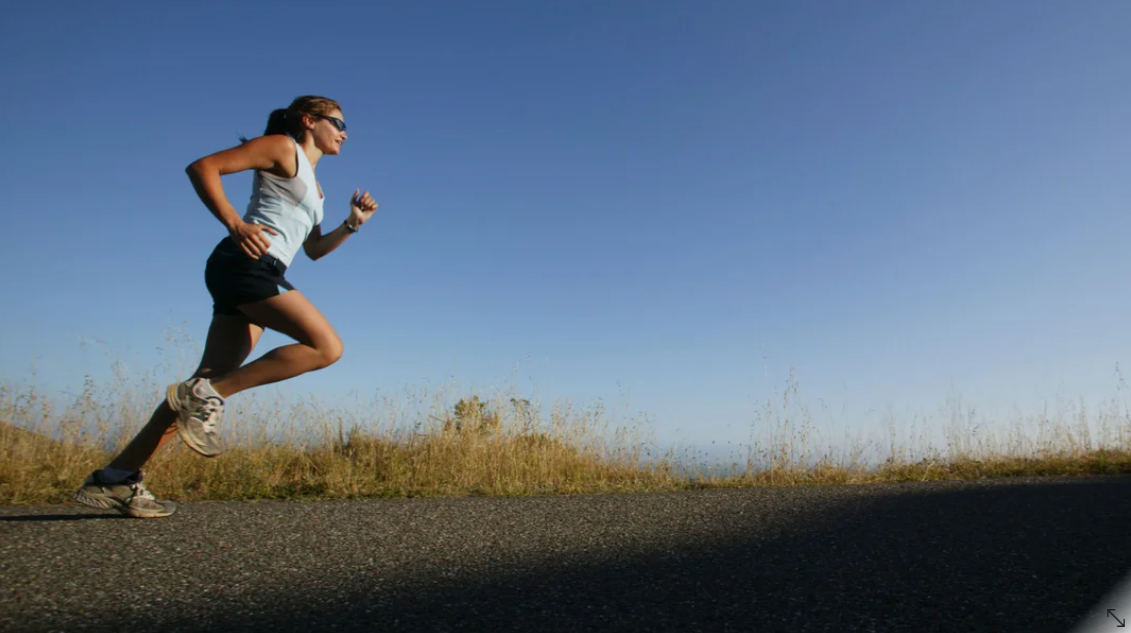ATTA® medical advisors Fleet Street Clinic - How To Avoid Running Injuries

Our long-time medical advisors The Fleet Street Clinic headed by Dr Richard Dawood, Medical Director and Travel Medicine specialist, are releasing some basic advice on day-to-day healthcare which some members may find interesting.
Whether its cycling, running, swimming or even walking, increased exercise is great for your both your mental and physical health. According to the World Health Organisation, people who are regularly active decrease their risk of premature death by 20‐30%. Just 30 minutes of exercise everyday can increase cardiovascular fitness, strengthen bones, and reduce body fat.
Even if it's just a quick walk, make the most of the sunshine by getting more active, it will make you happier and healthier!
As a keen runner myself, I understand the appeal; it’s pure, it’s meditative, and it gets your blood pumping like little else.
Unfortunately, for all its positives, running can be problematic for the body and it tends to bring out minor issues and turn them into major ones. These often include achilles tendonitis, shin splints, plantar fasciitis, ITB syndrome, stress fractures, hip and lower back issues, and more knee problems than I have time to list.
Many of the problems from running come from two areas. Firstly, heel strike which is where the heel hits the ground repeatedly and sends a shock through the whole skeleton which causes issues from the heel itself all the way up to the lower back. Secondly, gait – which is the way a person walks; the whole lower limb (especially the knee) is quite finely tuned to work in certain ways, and anything that affects that can begin to cause problems. A dropped arch, tight muscle, old injury, slight one-sidedness etc can bring these issues on.
What can be done to prevent these issues?
Like always, the number one rule is to get any symptoms you are experiencing looked at as soon as possible. Early diagnosis, advice and treatment is vital.
One thing that can really help heel strike and gait is by getting the right trainers. Here’s a few things to consider:
- Don’t confuse fashion and effectiveness. Good running trainers generally don’t look cool! Some of the bigger brands will advertise to you that they are great for sports but do your research. I would usually recommend Asics or Brooks.
- Replace your shoes regularly. The soles of most trainers are good for about 200-250 miles maximum. So, if you’re running 20 miles per week, you’ll probably need to replace them after 4-6 months.
The shoe may still look okay after that but there is an increased risk of injury. It is, therefore, important to ensure that you are replacing your trainers as regularly as required.
Source: Fleet Street Clinic
